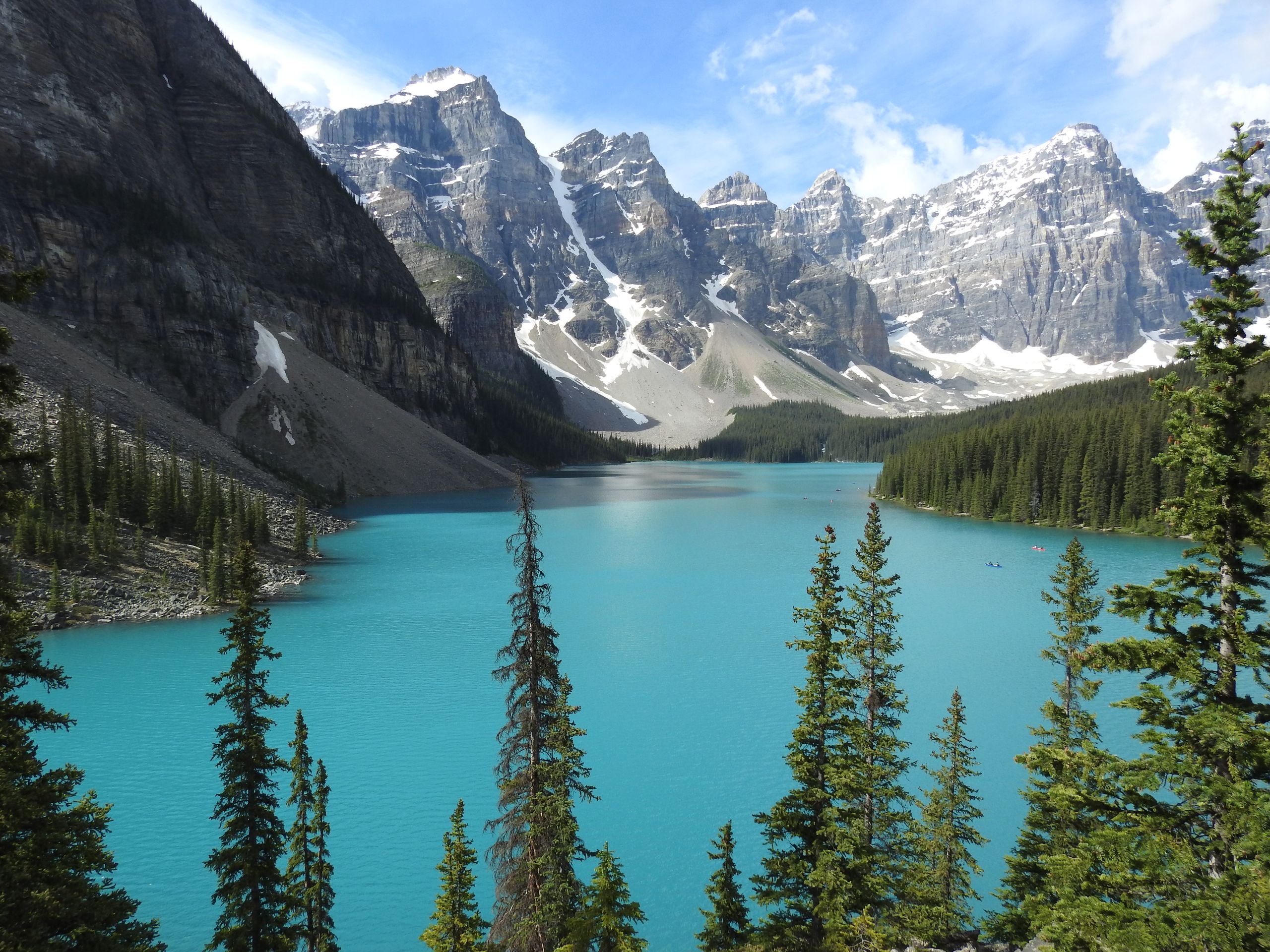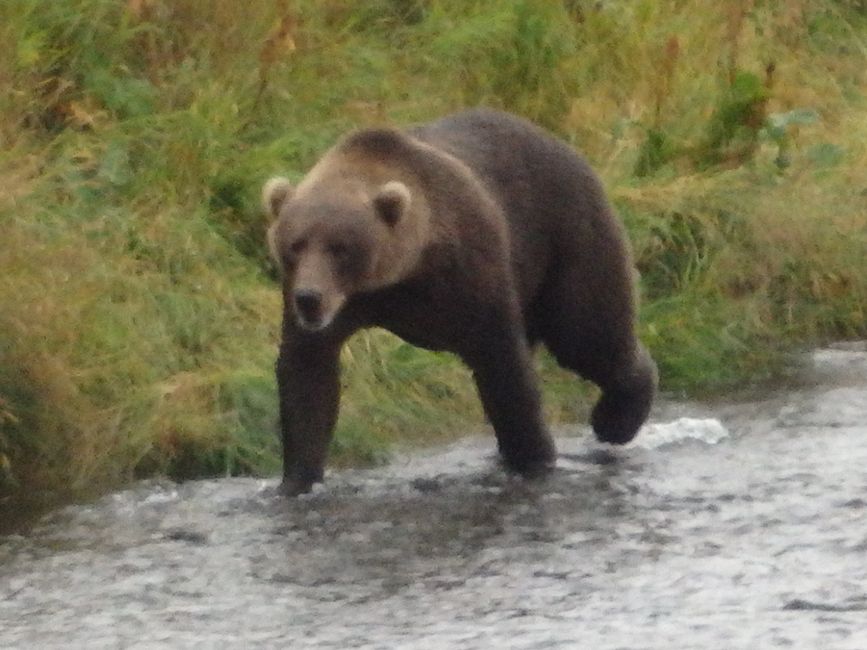BLOG 17 - Valdez
Veröffentlicht: 20.08.2022
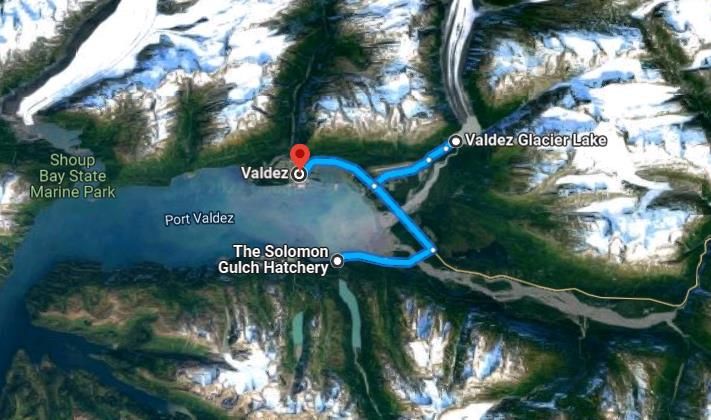
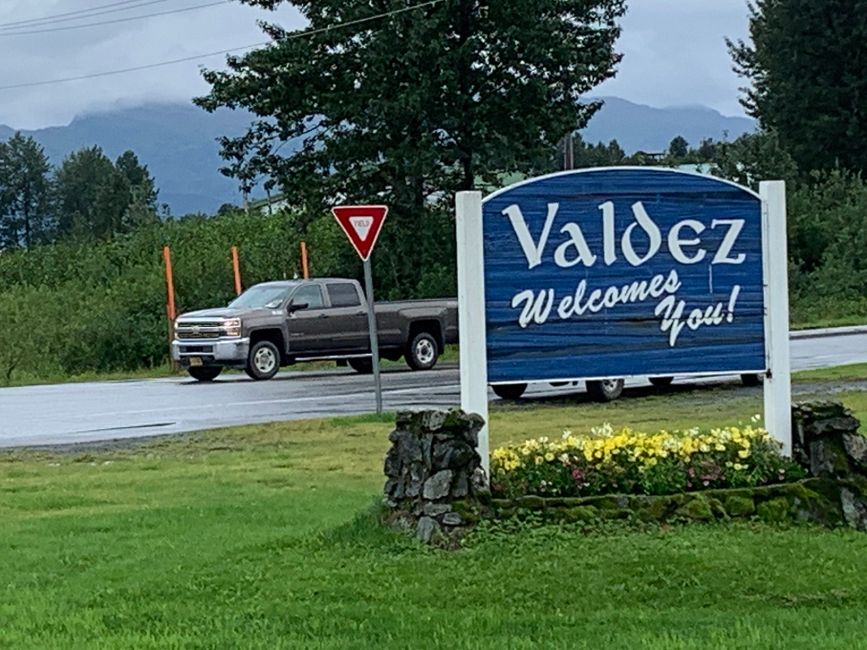
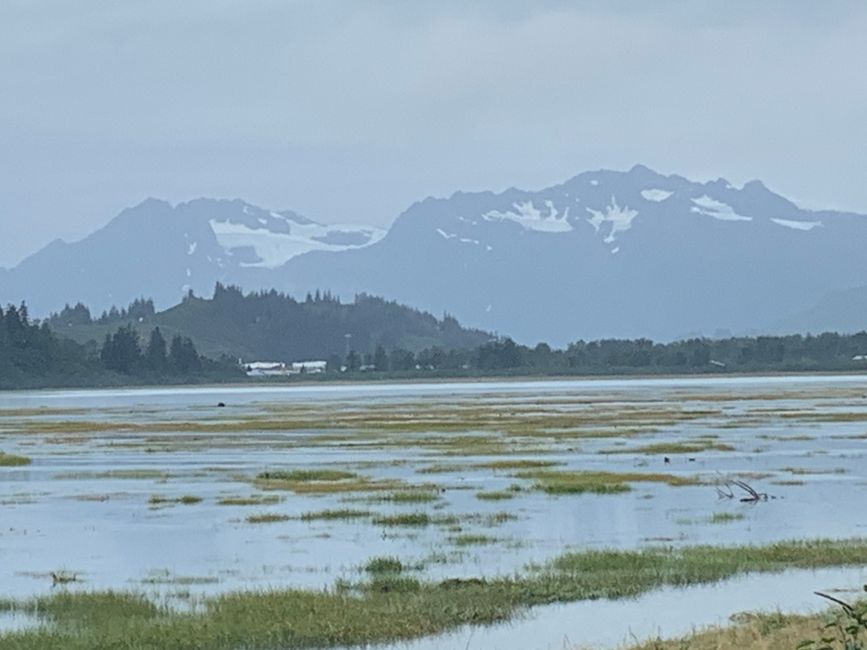
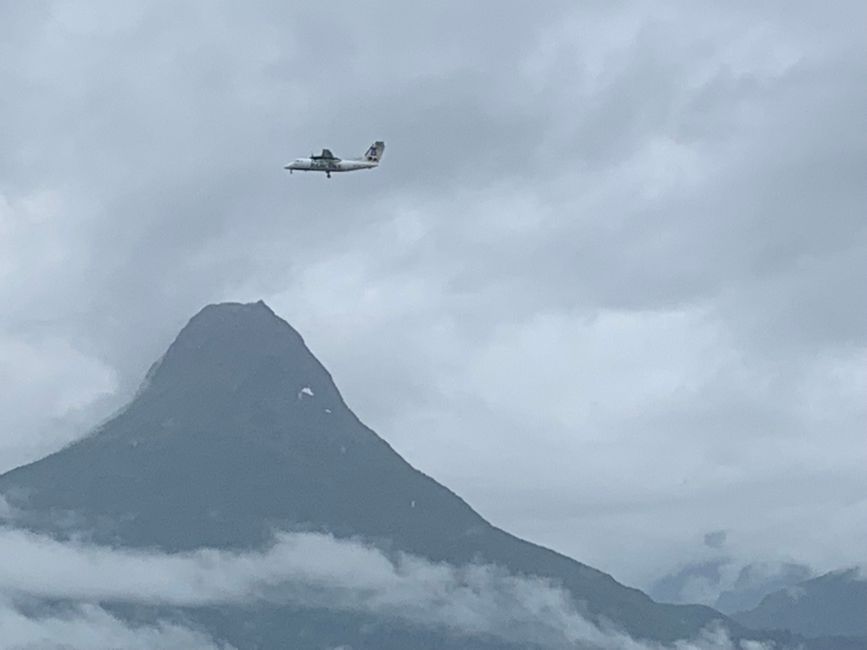
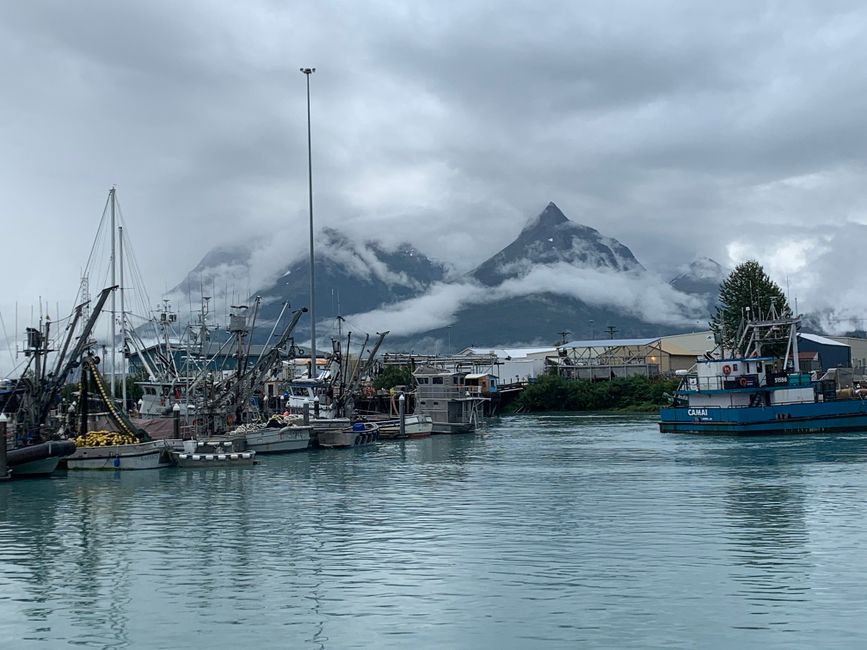
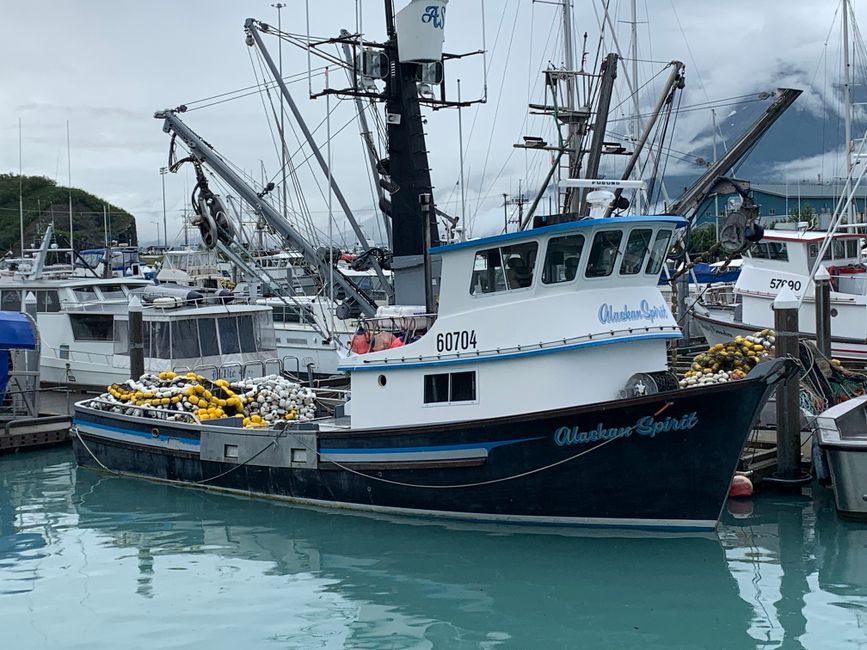
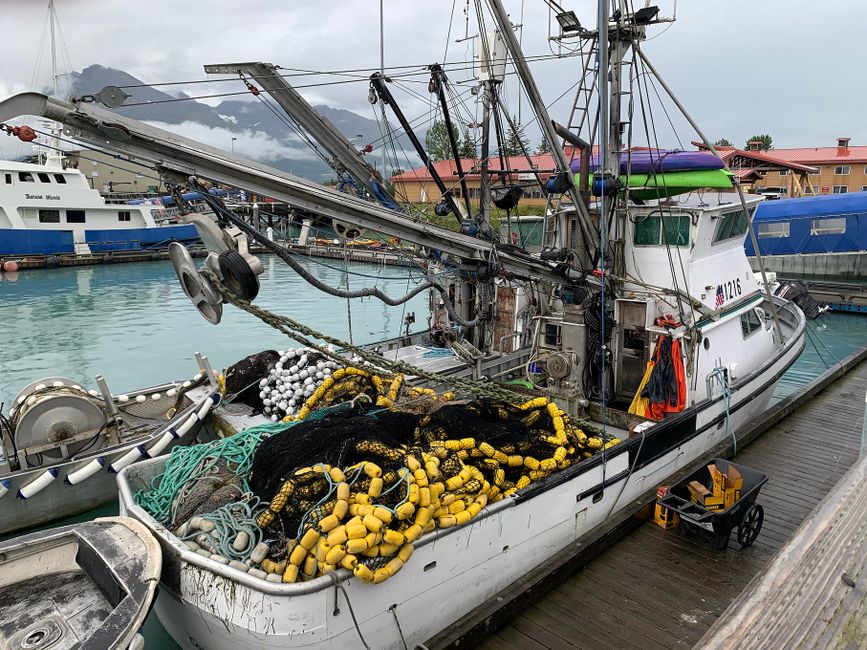
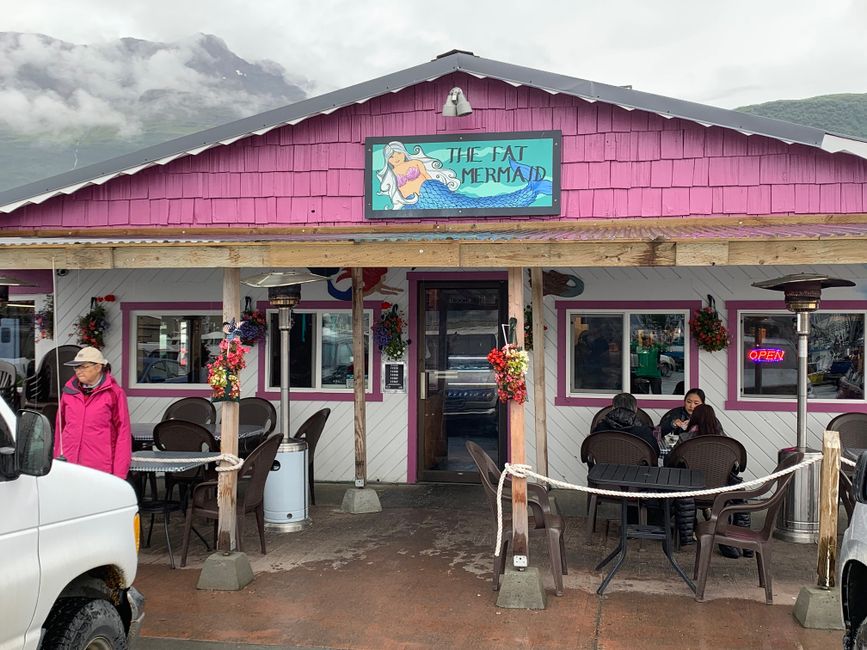
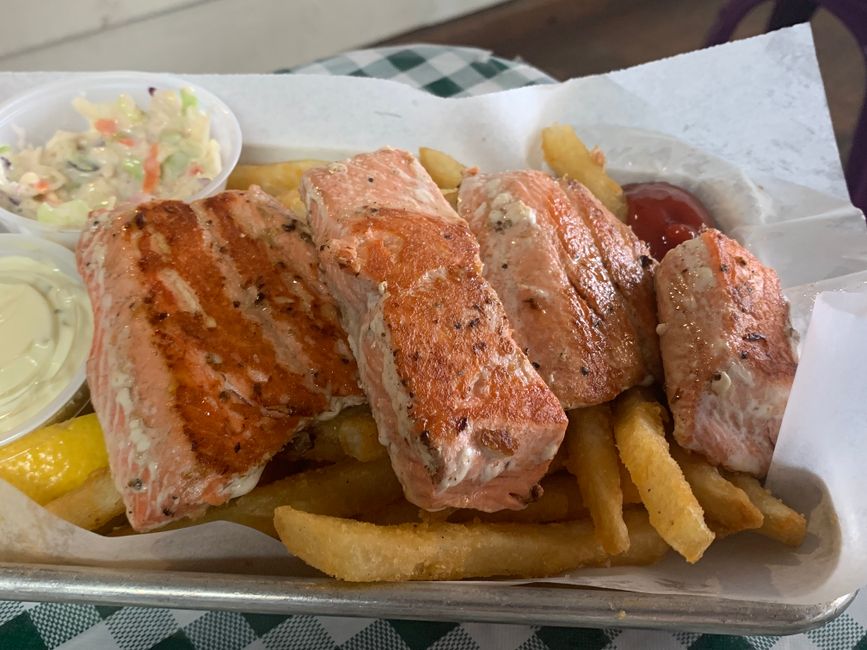
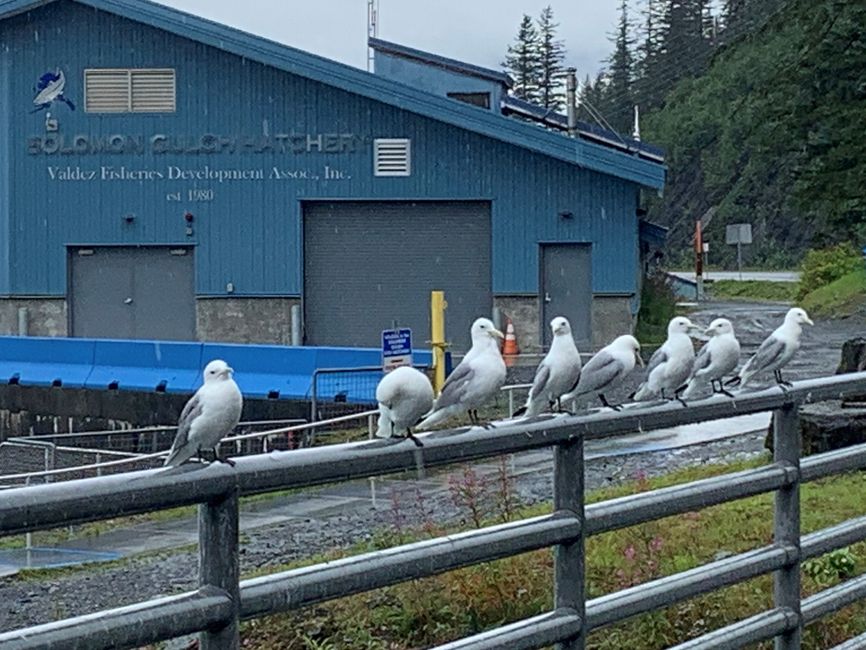
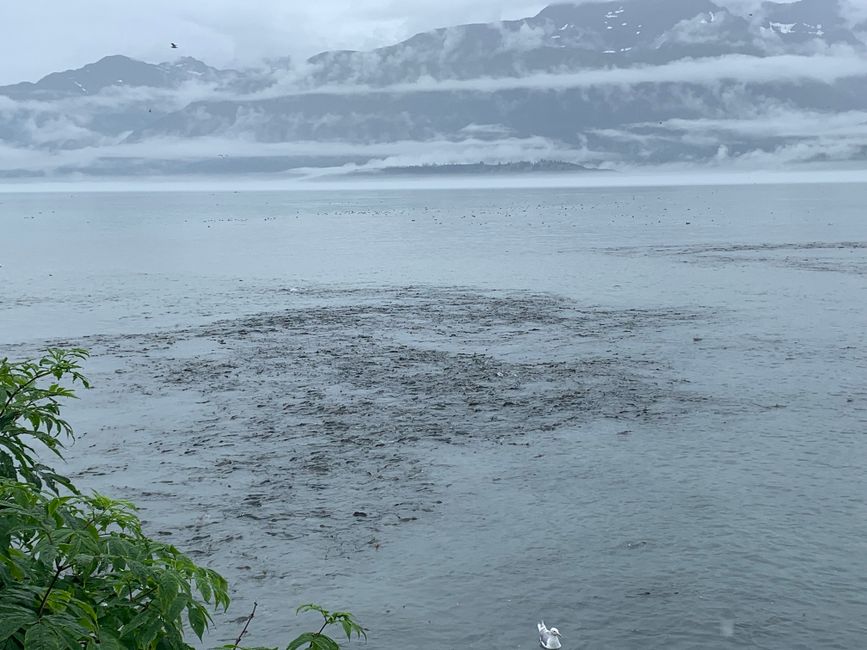
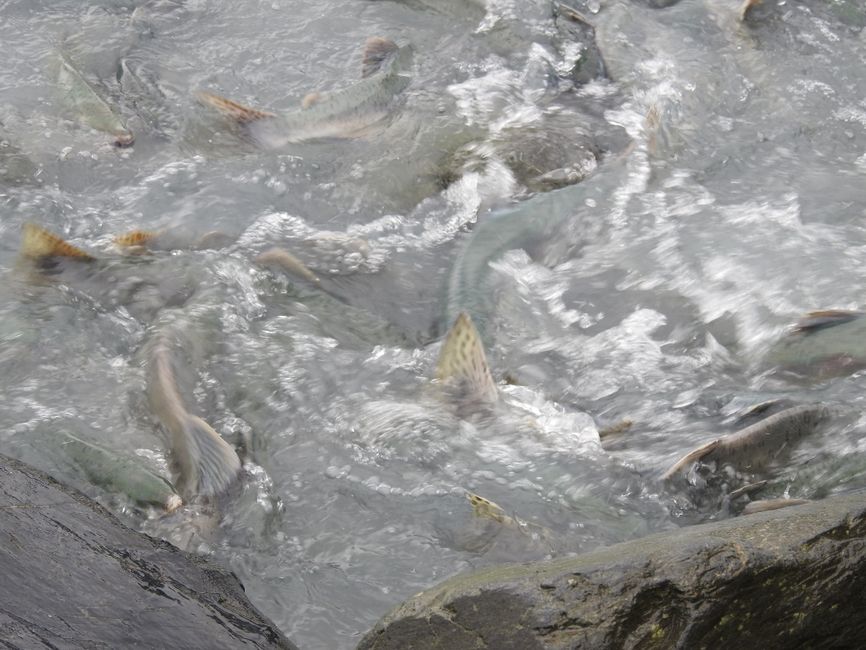
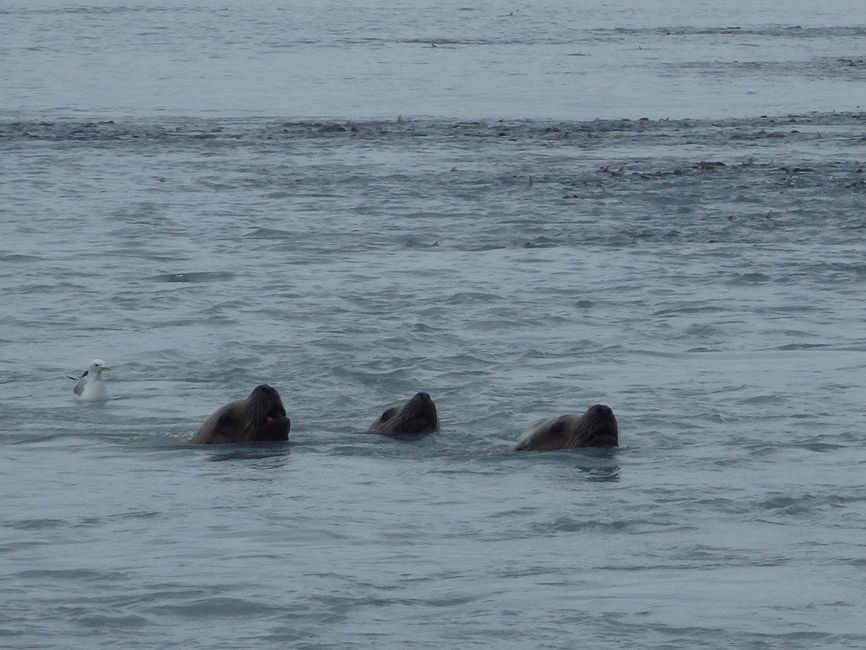
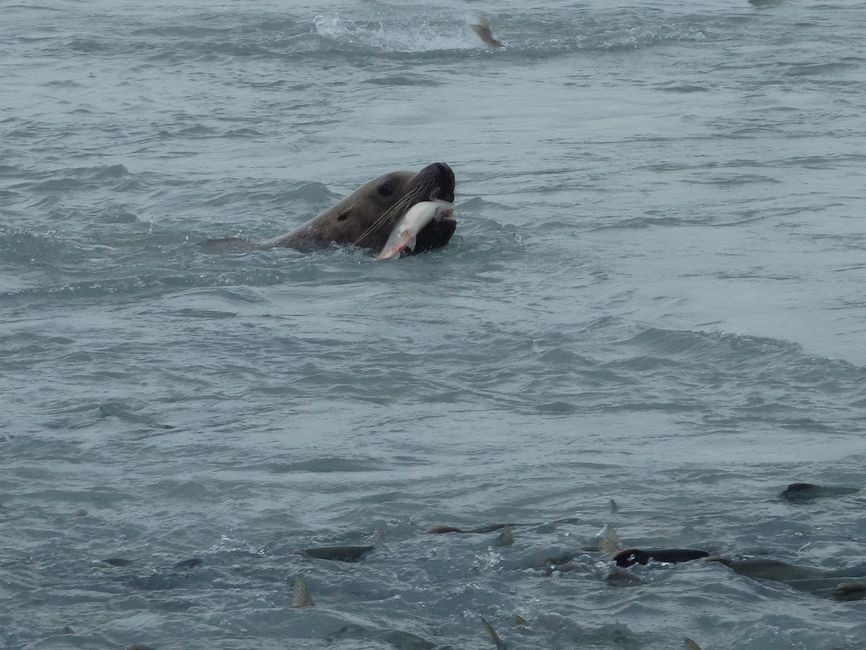
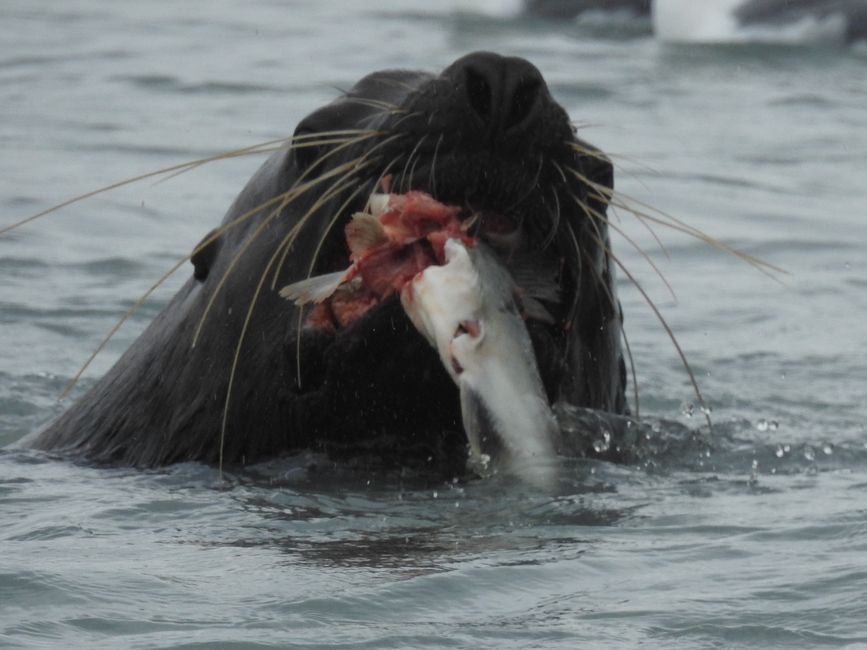
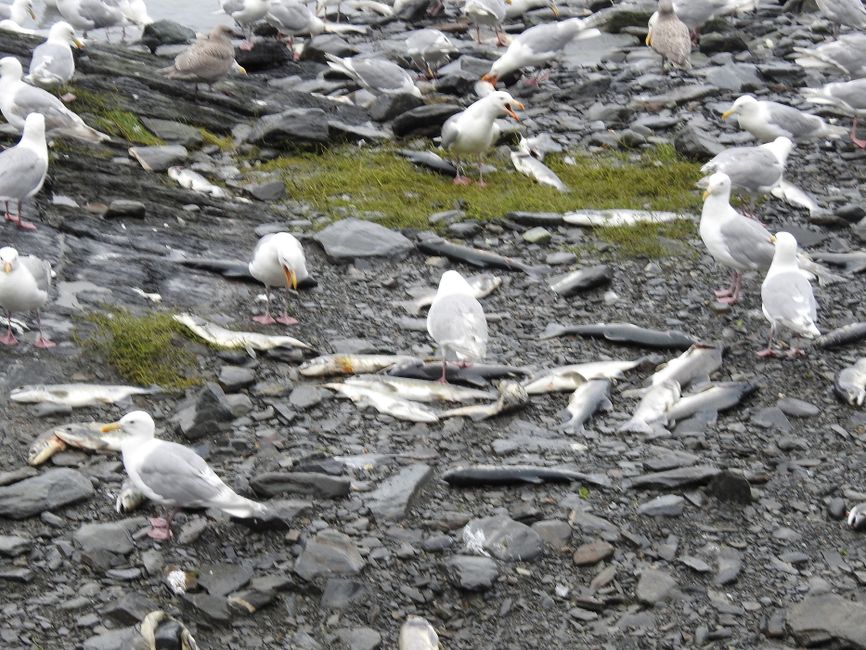
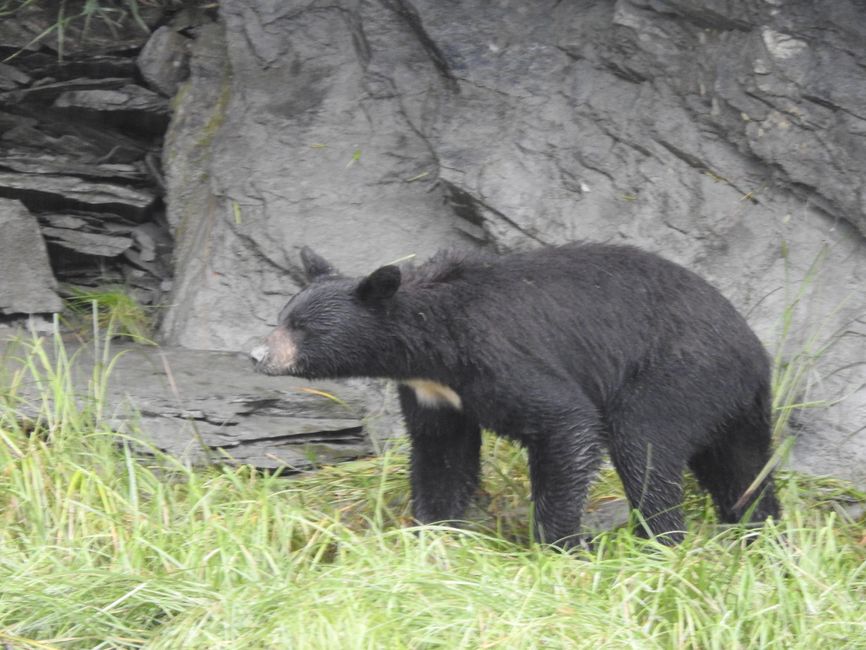
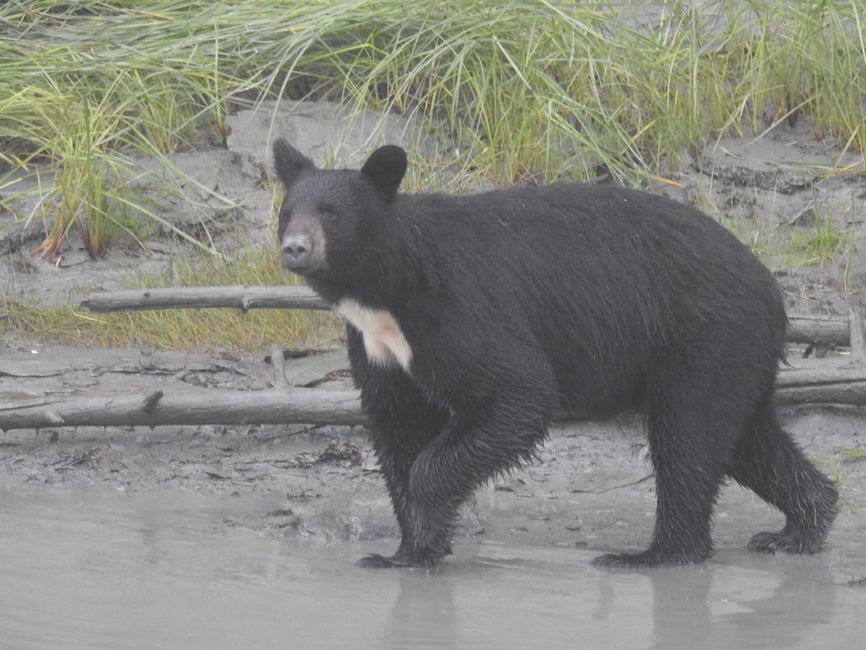
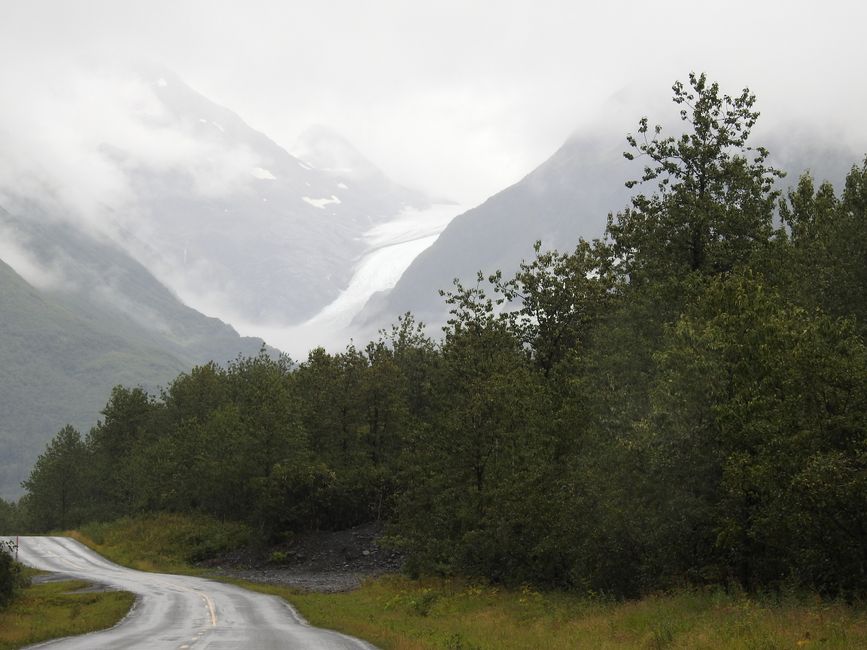
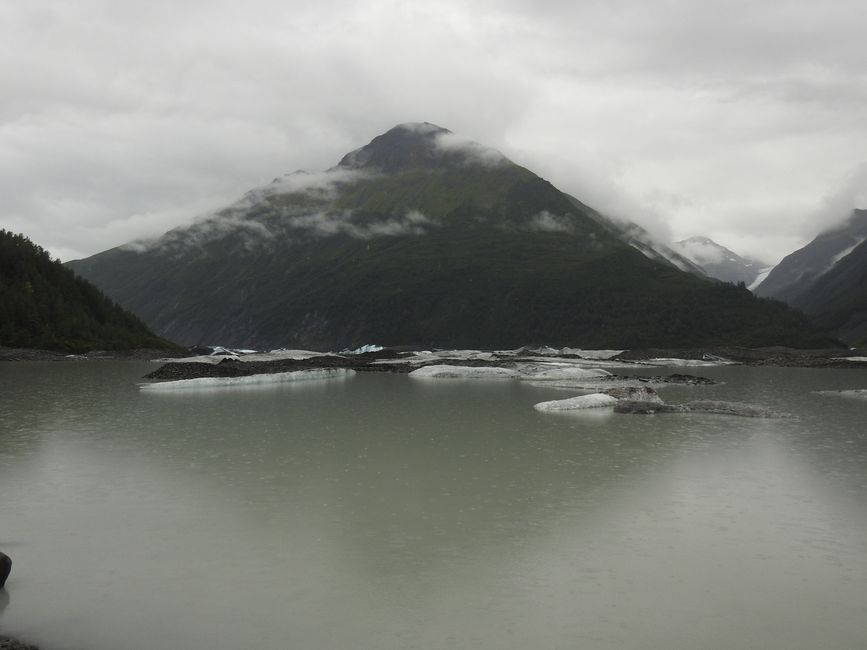
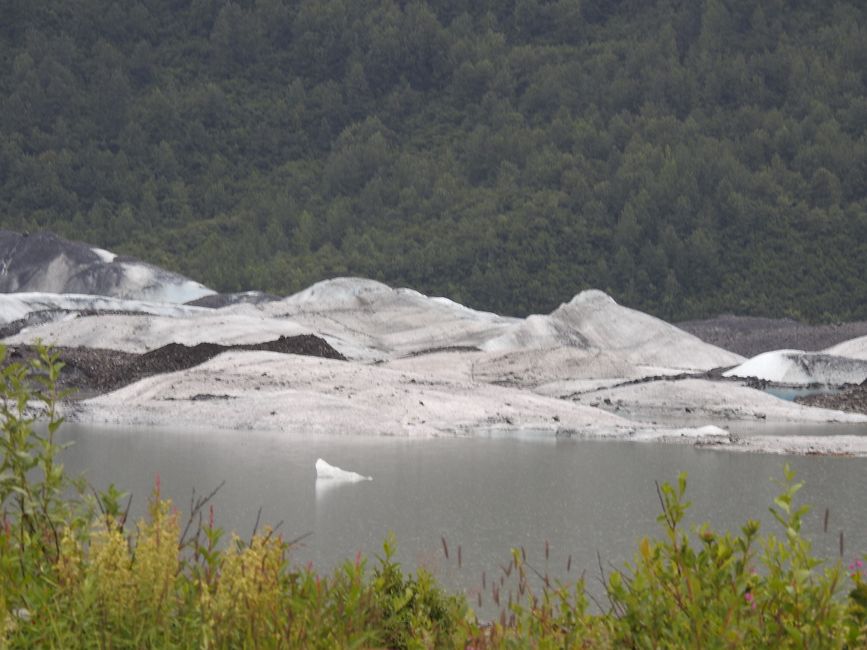
Newsletter abonnieren
Valdez empfängt uns mit Regen und es wird auch während unseres gesamten Aufenthaltes vor allem Regen und keinen Sonnenstrahl geben.
Ende des 19. Jahrhunderts wurde in Valdez ein Hafen für die nach Alaska drängenden und den Valdez Trail nutzenden Goldsucher ausgebaut. Heute hat die Stadt knapp 4000 Einwohner.
Im Jahre 1964 wurde Valdez durch das Karfreitagsbeben mit der Stärke 9,2 – das stärkste Erdbeben, das je in Nordamerika gemessen wurde, und eine unmittelbar darauf folgende Flutwelle von über 60 m Höhe fast vollständig zerstört. Im Bereich von Anchorage bis Valdez gab es 125 Tote, vor allem durch den Tsunami. Nach der Katastrophe wurde die Stadt wieder aufgebaut, jedoch an einem anderen Ort, einige Meilen entfernt.
Bedeutung hat die Stadt als wichtigster eisfreier Hafen Alaskas und Endpunkt der quer durch den gesamten Bundesstaat führenden Trans-Alaska-Pipeline. Traurige Berühmtheit erlangte der Ort als Namensgeber des Öltankers Exxon Valdez, der 1989 in der Nähe havarierte und eine Ölpest verursachte, bei der rund 42 Millionen Liter Rohöl ins Meer flossen. Allerdings erreichte kein Öl das Stadtgebiet.
Wir besuchen die Solomon Gulch Fish Hatchery, in der jährlich bis 250 Millionen Lachse „erzeugt“ und im Frühjahr ins Meer entlassen werden. Im Juli / August kehren etwa 10 % davon wieder zurück und werden teilweise für die nächstjährige Aufzucht genützt. Das ganze Projekt soll vor allem die lokalen Fischer im Sinne eines „Ocean Farming“ unterstützen. Die Lachs-Feinschmecker der Tierwelt – Seelöwen, Möwen und Bären finden auch eine reichgedeckte Tafel vor. Für den menschlichen Feinschmecker ist Valdez kein Eldorado, die „Fat Mermaid“ ist im Ambiente sehr schlicht, Lachs und Heilbutt jedoch ausgezeichnet – der Fischereihafen liegt direkt gegenüber.
Den Valdez Gletscher kann man nur aus größerer Entfernung sehen, doch der Gletscher See würde bei schönem Wetter wahrscheinlich ganz schön anzuschauen sein.
Valdez welcomes us with rain and during our entire stay there will be mostly rain and not a single ray of sunshine.
At the end of the 19th century, a port was developed in Valdez for gold prospectors pushing into Alaska and using the Valdez Trail. Today the city has almost 4000 inhabitants.
In 1964, Valdez was almost completely destroyed by the 9.2 magnitude Good Friday earthquake, the strongest earthquake ever recorded in North America, and a 200-foot-high tidal wave that followed immediately. In the area from Anchorage to Valdez there were 125 deaths, mostly from the tsunami. After the disaster, the city was rebuilt but in a different location, a few miles away.
The city is to be mentioned as Alaska's most important ice-free port and the terminus of the Trans-Alaska Pipeline, which runs across the entire state. The place gained sad notoriety as the namesake of the oil tanker Exxon Valdez, which crashed nearby in 1989 and caused an oil spill in which around 42 million liters of crude oil flowed into the sea. However, no oil reached the city area.
We visit the Solomon Gulch Fish Hatchery, where up to 250 million salmon are "produced" each year and released into the sea in spring. About 10% of them return the following year in July / August and are partly used for next year's breeding. The whole project is primarily intended to support local fishermen in terms of "ocean farming". The salmon gourmets of the animal world - sea lions, seagulls and bears will also find a richly laid table. Valdez is not an Eldorado for the human gourmet, the "Fat Mermaid" has a very simple ambience, but the salmon and halibut are excellent - the fishing port is directly opposite.
The Valdez Glacier can only be seen from a distance, but the Glacial Lake would probably be quite a sight if the weather were nice.
Newsletter abonnieren
Antworten
